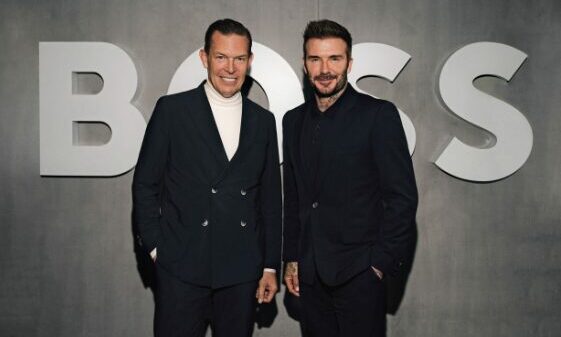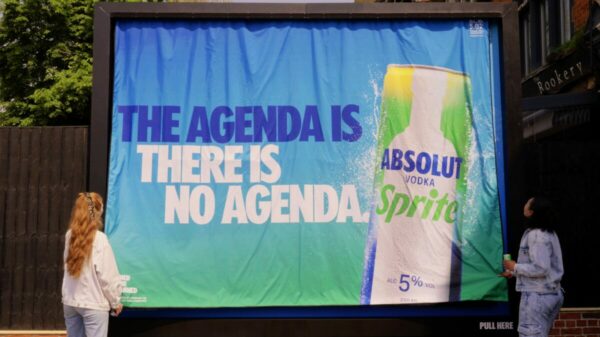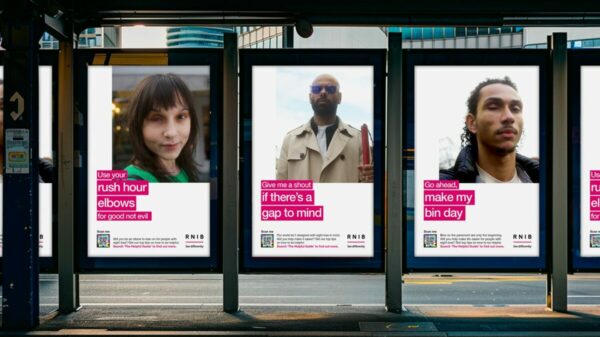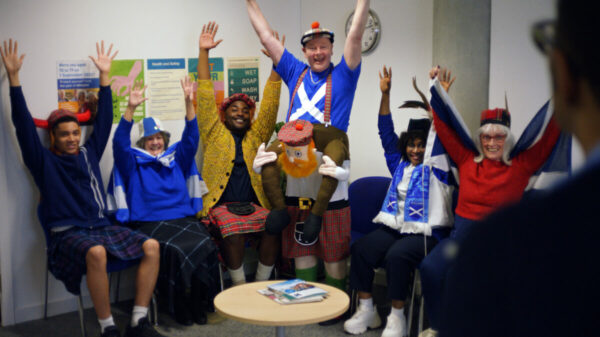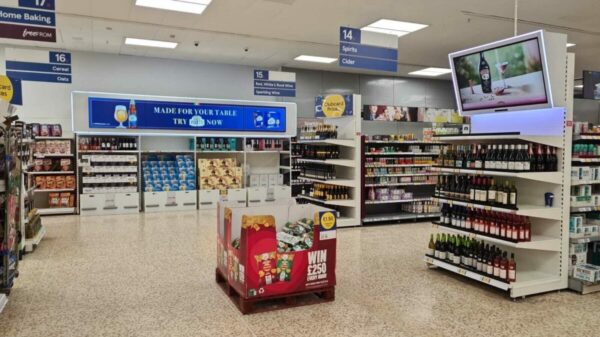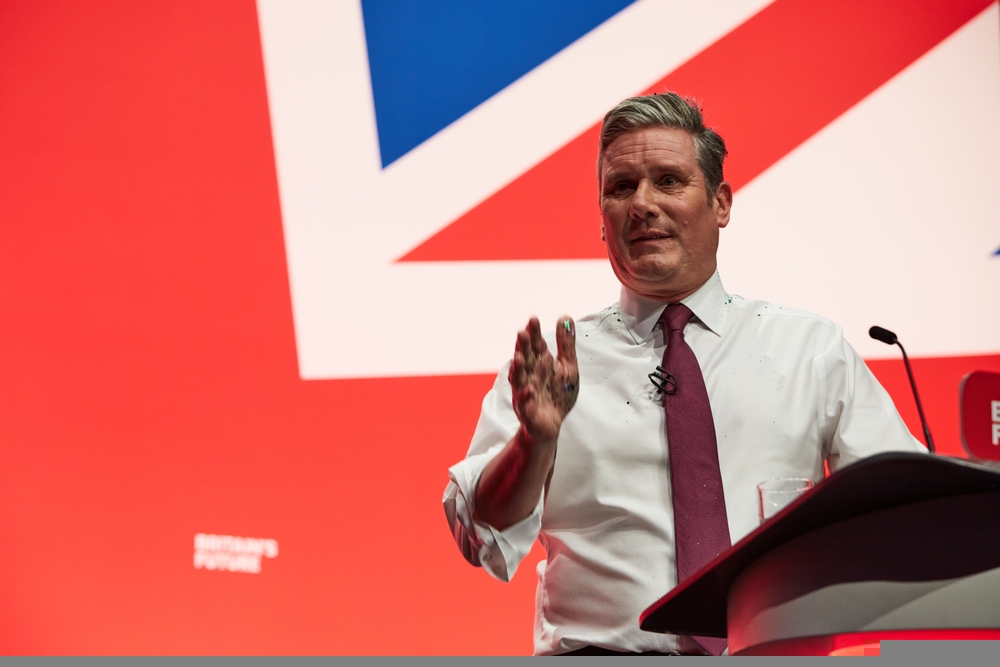Mars on-screen advertisements have reached gender parity, with a 51% increase in female representation since 2018, although the global FMCG brand admits it “still has work to do to”.
Female characters now comprise 49.9% of all people shown across Mars brands on-screen ads according to the ongoing research, which was commissioned with the Geena Davis Institute on Gender in Media.
Mars first began assessing the representation of gender, race, identity, disability and age (60+) across all its on-screen advertisements five years ago.
The most recent figures (for 2022) also found that people of colour now comprise 63% of all people featured in Mars ads, a 117% increase on 2018 data. However, the brand acknowledges there is still more work to be done, with areas for improvement including the representation of identity (1.6%), disability (0.6%) and age (2%).
In 2022, more than 974 people featured in 413 Mars advertisements across the company’s confectionery, petcare and food businesses.
“In the world we want tomorrow, society is inclusive, so it’s critical our award-winning advertising reflects and celebrates the diversity of the audiences who enjoy them and our products around the world,” said Mars Wrigley global president Andrew Clarke.
Subscribe to Marketing Beat for free
Sign up here to get the latest marketing news sent straight to your inbox each morning
“Mars has previously reported on gender diversity, but in the spirit of transparency and accountability, we’ve broadened the scope of our reports to also include racial diversity and LGBTQIA+, disability and age on-screen representation.
“We’re incredibly proud of the advancements we’ve made in terms of gender and race representation, but the truth is, we still have work to do to meet our vision of full representation balance in our advertising.”
In addition to looking at the representation numbers, the research also evaluated the way those characters were portrayed. Very few instances of stereotyping were found, with parity across both gender and race in terms of speaking roles or assuming positions of leadership.
For example, in 2018, female characters were five times more likely to be shown doing the cooking in Mars Food ads. In 2022, male characters were shown cooking more often than female characters (55% compared to 29.2%).
“We’re proud of our long-term partnership with Mars and commend them for the progress they’ve made to enhance representation balance in their advertising,” said Madeline Di Nonno, CEO of the Geena Davis Institute on Gender in the Media.
“We also hope Mars’ transparency with these findings will also encourage the larger industry to prioritise equitable inclusion and representation.”
